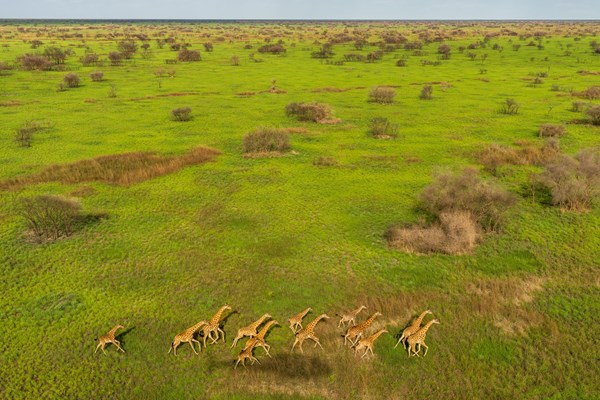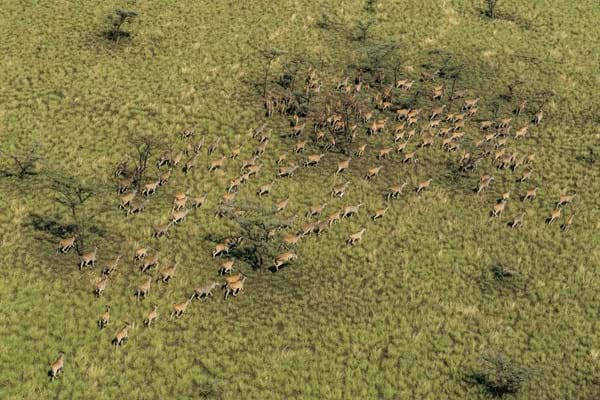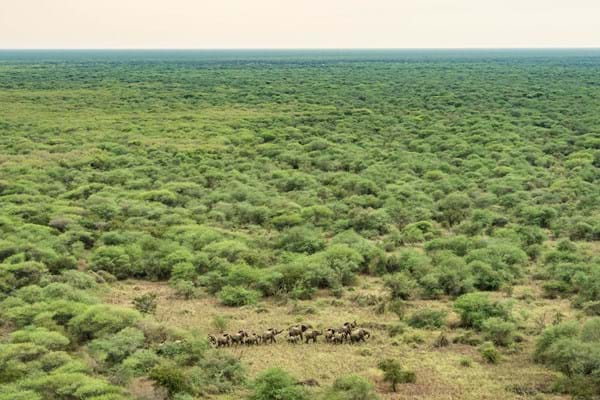- 0 million
hectares: Boma-Badingilo-Gambella-Omo Landscape
Where
Boma, South SudanFocus area
BiodiversityDuration
2023 - 2024Economy
DKK 3,2 million
Prime partner: African Parks





The project
We support the development and initial operations of long-term management partnerships to secure key parks and build a support base with local authorities and stakeholders in South Sudan and Ethiopia.
The expected outcomes will be as follows:
- Wildlife management to include law enforcement, outreach to poachers and cattle herders to reduce threats and increase wildlife populations. We believe that with existing populations and good management we will see quick recovery of migrating antelope and steady increases in other key species.
- The establishment of governance structures that will result in the maintenance of the ecosystem function and connectivity in the great floodplain east of the Nile, the headwaters, and the migration routes it contains. This will be accomplished by working with the central, regional and local government bodies, local people and other stakeholders.
- Land use plans that will include extension of the current protected areas, formal gazettement of the extended protected areas with proper demarcation.
- Improved engagement, capacity and authority of communities to achieve conservation and livelihood outcomes.
- Strengthened cooperation between all actors, including NGOs, communities, and the GoSS to maximize conservation efforts.
- Decreased conflict over natural resources that leads to enhanced security in the BBL.
- Sustainable economic activities among communities, including diversification of options to better withstand environmental, social and political shocks.
- Community resilience will increase through the strengthening of sustainable livelihood options that reduce dependence on destructive and non-sustainable use of the ecosystem, including reduced poaching and overharvesting of plants/wood products.
- Women and youth will increase their roles in effective management of the BBL.
- Increased ability of wildlife authorities and other relevant enforcement officials to assume their roles in supporting sustainable community conservation in the Landscape.
